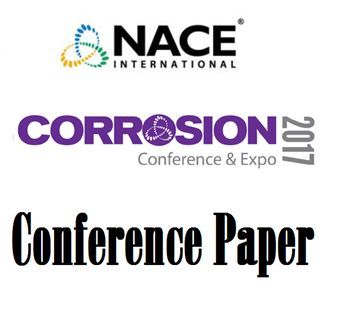Search
Corrosion Challenges On Tank Bottom Plate
Also Purchased
Premature Failure of API 650 Oil Storage Tank Bottom Plates Due to Soil Side Corrosion
Product Number:
51317--9025-SG
ISBN:
9025 2017 CP
Publication Date:
2017
$20.00
51315-6016-Corrosion Protection of Storage Tank Soil Side Bottoms—Application Experience
Product Number:
51315-6016-SG
ISBN:
6016 2015 CP
Publication Date:
2015
$0.00
51314-4337-Corrosion Protection of Soil Side Bottoms of Aboveground Storage Tanks
Product Number:
51314-4337-SG
ISBN:
4337 2014 CP
Publication Date:
2014
$0.00
Recently viewed




